Communicating about my mental health
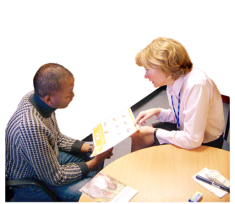
It is good to let health workers know how you like to communicate.
This may be a doctor such as your GP or a mental health worker.
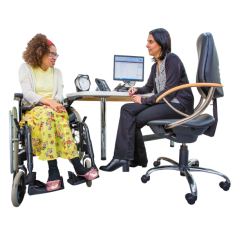
A GP is the doctor that you see when you
- Are sick
- Need a health check
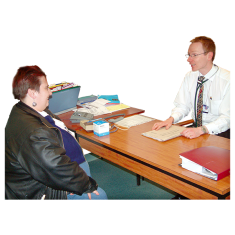
Mental health workers are people who work to help you with your mental health.

Knowing how you communicate will help
- Them to understand you better
- You to understand them better
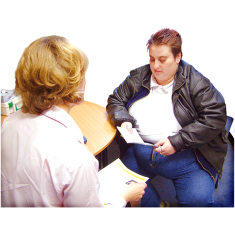
You can let health workers know how you would like to communicate
- When you make an appointment
- At your first appointment

You can ask someone you trust to help explain how you like to communicate.
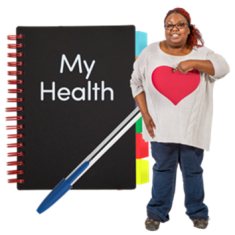
You could also include the information in a health passport.
A health passport is a list of important information about you and your health.
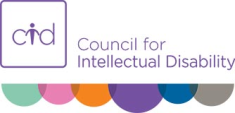
For example you could use the Council for Intellectual Disability’s My Health Matters folder.
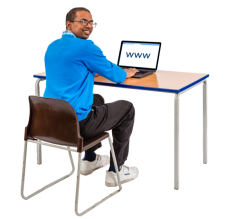
For more information about the My Health Matters folder go to https://cid.org.au/resource/my-health-matters-folder/
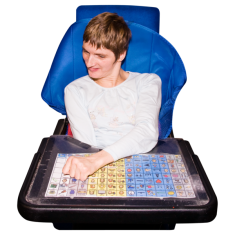
Some people use communication tools to help them share information.
Below are some examples of communication tools.

- Written text
- Pictures
- Symbols

- Body Movements
- Pointing
- Sign language
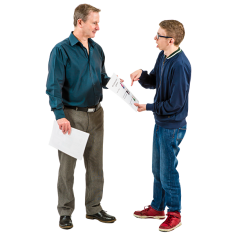
You can use communication tools to show others how you feel.
You can share when you
- Feel good
- Do not feel good
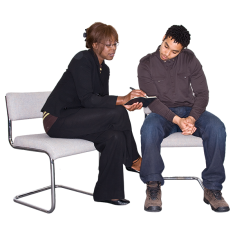
Below are some examples of common communication tools you can use to show someone how you feel.
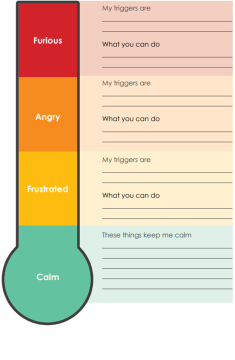
Feelings thermometer
Different feelings can change
- How we think
- How our bodies feel
- What we do
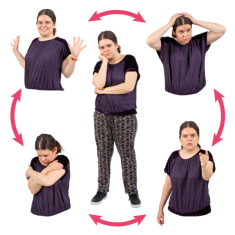
A feelings thermometer can help you
- Notice your feelings
- Choose what to do when you feel this way

A feelings thermometer has
- A colour for each feeling
- A picture for each feeling
- Some ideas on what you can do when you do not feel good
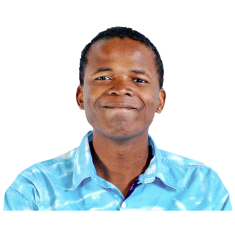
For example if your feelings are in the green area this shows you feel good.

Or if your feelings are in the red area this shows you do not feel good.

It is OK not to feel good sometimes.
We can try to change what we do to help us feel better.

You can make a feelings thermometer right for you using the Council of Intellectual Disability feelings thermometer.
For more information visit page 30 of their My Health Matters Folder https://cid.org.au/resource/my-health-matters-folder/

Feelings diary
A diary is a place where you keep information.
A feelings diary is a place where you can note down your thoughts and feelings.

You might note down your thoughts and feelings in writing.
You might note them down in a drawing.

You might also note them down with a photo or video.

Your feelings diary can be on
- Paper

- Your phone

- Your computer

Below are some examples of things you might want to note down in your feelings diary

- Something that happened

- How it made you feel
- How strong the feeling was

- How your body felt

- If you might have done anything differently

You can share your feelings diary with someone you trust.
It is OK if you do not want to share your feelings diary.

There are some tricky words on this Easy Read page.
For more information about these words go to